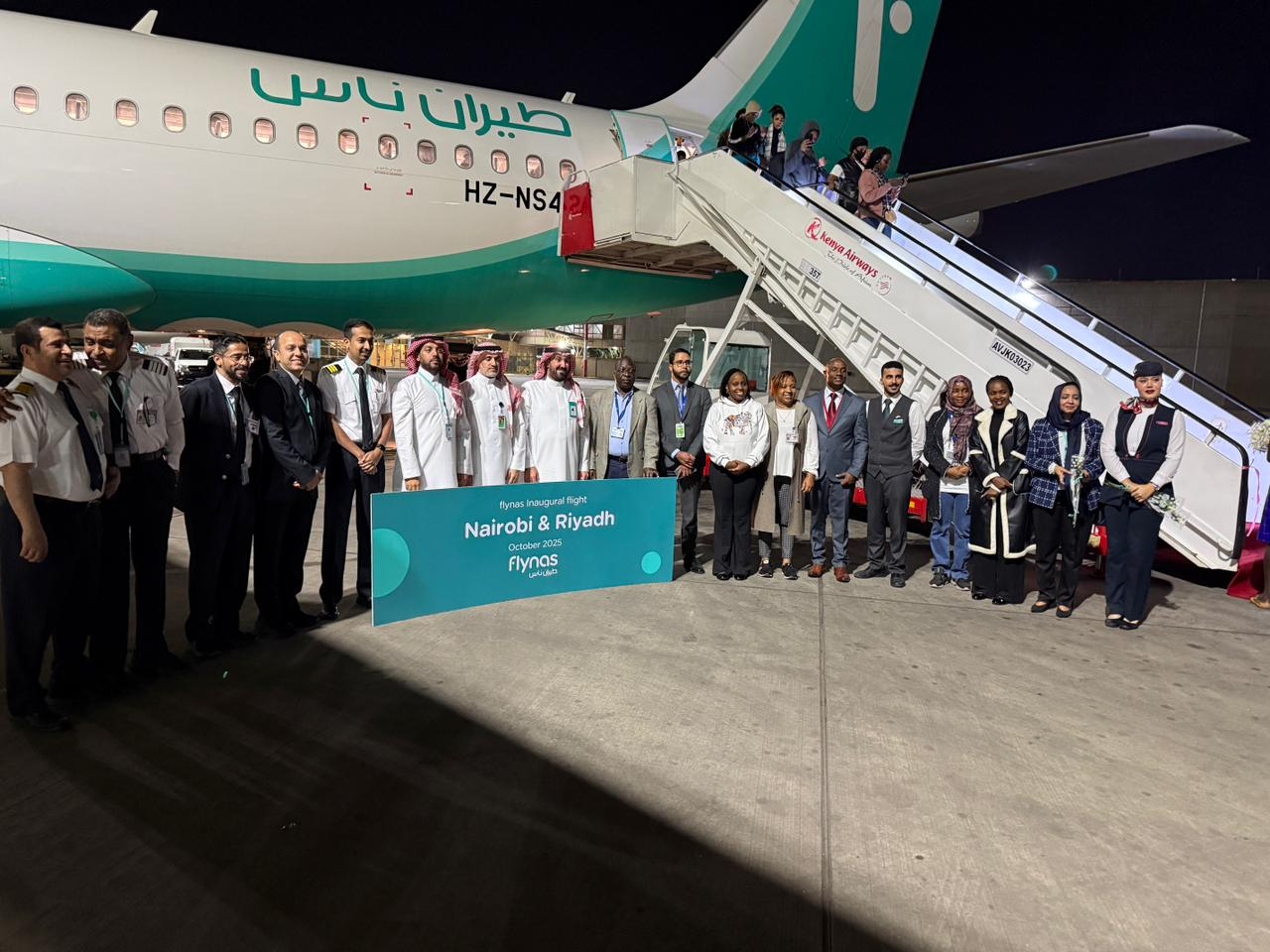

Taking an international flight for the first time can come with a series of surprises that may turn what should be an exciting adventure into a difficult experience.
For many first-time travellers, the journey is often longer, more demanding, and more exhausting than expected.
International flights can last several hours or even more than half a day, making adequate preparation essential for a smooth and manageable trip.
Without the right knowledge, the combination of physical strain, unfamiliar procedures, and emotional tension can leave passengers feeling overwhelmed even before they reach their destination.
One of the major challenges for new travellers is the sheer duration of international flights.
Sitting in a confined space for long periods can cause fatigue, muscle stiffness, dehydration, and general discomfort.
Passengers with pre-existing medical conditions, older adults, or those prone to anxiety may find the limited movement particularly distressing.
Crossing several time zones can also disrupt the body’s
internal clock, leading to jet lag.
This often results in exhaustion, irritability, and difficulty adjusting to the new environment upon arrival. For some, the inability to sleep on the plane or the discomfort caused by constant cabin noise adds another layer of strain to an already demanding journey.
The stress does not end in the air. Airport procedures themselves can be draining, especially for those unfamiliar with international travel.
Security checkpoints, long queues, and detailed documentation requirements can intimidate even the most confident traveller. Immigration processes vary from country to country, and delays or cancellations can easily disrupt travel plans.
A missed connecting flight, lost luggage, or confusion at immigration desks can quickly heighten anxiety. For first-time passengers, the pressure to keep track of documents, navigate busy terminals, and stay aware of flight information can make the entire experience feel overwhelming.
Experts recommend arriving at the airport two to three hours before boarding to allow time for check-in, security checks, and any unforeseen delays. Preparing well in advance can make a significant difference.
Travellers are encouraged to pack snacks in their carry-on bags, as inflight meals may not suit everyone or may come at an extra cost depending on the airline.
Dressing comfortably is equally important—loose joggers, sweatshirts, and comfortable shoes like slides or crocs can help ease discomfort on long flights.
Since airplane cabins tend to be cold, travellers should pack warm clothing such as socks or a light fleece blanket, especially on airlines that do not provide one.
Convenience also plays a major role in reducing stress. Wearing shoes that are easy to remove can help speed up security checks.
Bringing a book or downloading movies and podcasts ensures entertainment in case the airline does not offer in-flight options.
First-time travellers should keep digital copies of their passport, ID, travel insurance, and itinerary to avoid complications if physical documents are misplaced.
Those who struggle with anxiety may find relief in chewing gum, taking short naps, or using doctor-prescribed sleeping aids if necessary.
Having a mix of cash and card is also advisable, as payment preferences differ across countries.
Despite the challenges, first-time travellers are encouraged to capture and enjoy every moment of their journey.


















